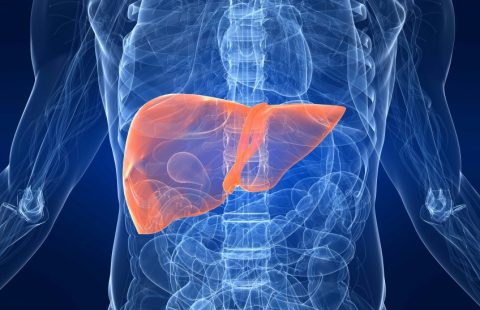
©Fotolia
Since the end of the 20th century, it has been proven that women who have been pregnant (including those who have miscarried or aborted) store the fetal cells of their children in their bone marrow for at least 50 years. The team of Professor Selim Aractingi – Paris Descartes Faculty of Medicine, Cochin Hospital (Paris hospital group) Dermatology Department, “Saint Antoine Research Center” Inserm joint research unit, and Université Pierre et Marie Curie – have recently proven that it is possible, in mice, to mobilize these fetal cells to accelerate the healing of chronic skin wounds. These results were published in Nature Communications on May 18, 2017.
Fetal cells transferred to mothers have the particularity of being potentially beneficial in the event of a health problem. For example, research teams have observed that thyroid or liver problems in pregnant women caused this cell type to participate in the regeneration of these organs. This is known as microchimerism because the mother mobilizes cells which, although not her own, are contained in her body in very small quantities (non-self cells) to accelerate the repair process of a damaged organ.
However, the signals sent by the mother to the fetal cells nested in the bone marrow, enabling them to mobilize and aid maternal healing, had remained unelucidated until now. Professor Selim Aractingi and his team recently made a discovery in this respect: “we have identified a molecular signaling pathway called Ccl2/Ccr2”, he explains. The next objective was then to try to potentiate this effect by artificially activating this signaling pathway.
This research has shown that injecting small quantities of this molecular pathway into the chronic wounds of a mouse that had long since given birth, results in healing at the same rate as that of a normal wound. This is made possible by mobilizing a specific population of fetal progenitor cells by Ccl2/Ccr2.
“Our concept involves natural fetal stem cell therapy”, continues Professor Aractingi. In that respect, it differs from more traditional cell therapy techniques in which cultured cells are injected into diseased tissue. The one restriction of this technique is that it can only benefit mice that have given birth. The same methods have been tested in mice that had never gestated and they were not shown to be effective.
The prospects offered by this study are very interesting because we can hope to ultimately reproduce this type of therapy in women. “Some testing is still required, but we are hopeful that this will lead to beneficial treatments for women who have been pregnant relatively soon” concludes Professor Aractingi.
These contents could be interesting :
- Inserm UMRS_938, Saint-Antoine Research Center, 27, rue de Chaligny, 75012, Paris, France
- UPMC Université Pierre et Marie Curie, 4, place Jussieu, 75005, Paris, France
- Université Paris Descartes, 12, rue de l’École de Médecine, 75006, Paris, France
- American University of Beirut, Department of dermatology, Beirut, Lebanon
- Hôpital Cochin, AP-HP, Department of Dermatology, 89, rue d’Assas, 75006, Paris, France

